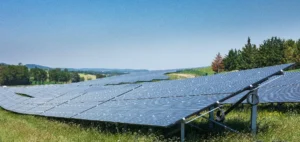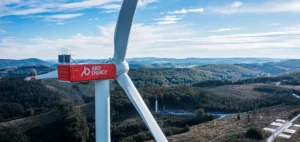Coal India Limited (CIL), India’s leading coal producer, has signed a non-binding memorandum of understanding with AM Green for the supply of 4,500 MW of renewable energy. The agreement, concluded on May 7, marks a significant step in CIL’s strategic shift from a coal-centric model toward lower-emission energy sources.
An energy portfolio split between solar and wind
Under the agreement, solar capacity is expected to range between 2,500 MW and 3,000 MW, while wind will contribute between 1,500 MW and 2,000 MW. The total investment is estimated at around INR25,000 Crores ($3.00bn). Solar installations will be deployed in sun-rich states such as Gujarat and Rajasthan. Wind farms are planned in southern Indian states known for strong wind potential.
The combined output will be delivered to AM Green in phases. The company will integrate the solar and wind sources with pumped hydro storage systems to ensure consistent energy supply to its industrial facilities.
A partnership focused on green molecule industrialisation
AM Green, founded by the creators of the Greenko Group, aims to produce up to 5 million tonnes of green ammonia annually by 2030. This output corresponds to approximately 1 million tonnes of green hydrogen per year, representing nearly 20% of India’s national target under the National Green Hydrogen Mission.
The agreement was signed by Sudarsan Bora, General Manager (Electrical & Mechanical) at CIL, and Shatanshu Agrawal, Senior Vice President of Business Development at AM Green. The signing was attended by P M Prasad, Chairman of CIL, and Anil Chalamalasetty, Founder of AM Green.
Deployment of an integrated energy strategy
The contract aligns with CIL’s broader strategy to expand its energy portfolio beyond coal. “While continuing to meet growing coal demand in the near term, we aim to play an active role in building a more diversified energy future,” said P M Prasad, Chairman of Coal India Limited.
AM Green, for its part, plans to use the secured energy supply to strengthen its industrial capacity in green molecule production, including hydrogen and ammonia, while optimising large-scale costs.






















